Building the next great home goods brand
A conversation with the founders from London-based Earl of East about bootstrapping their business to the top.
Welcome to the last October edition of HYPER. This week, Clayton is examining tasteful chairs in the Netherlands, while in a parallel universe, Oren explores the virtues of seed oil-free branding.
To start…
The shippers are shipping. Oren was at Adobe Max this week, giving a series of talks on how to use social media as a creative professional, and the sheer amount of features and beta their team is shipping is staggering. At the same time, other design and creative platforms were competing for the spotlight by making their own announcements, from acquisitions to positioning changes.
This is a sure sign of how dedicated the communications battle is for tech right now; it is full social media and PR war room mode, every day in major launch season. Teams who are in the thick of it are doing tremendous work.
But we highlight this to look at a bigger trend. While a staggered, increasingly remote and hybrid workforce feels disjointed and potentially less effective than ever, the enablement of AI for development, and the size of funds and potential of success for tech has put out a dynamic of absolutely relentless shipping and marketing that simply wasn’t the case prior to 2025.
The tide is turning into an age of action, momentum is felt.
If you still feel lost in the wind of the post-Covid years, this is the time to really think not about where you want to be and what you want to do, or deal with macro level questions, but simply how you can put yourself in a position to be a part of the forward movement - to be swept along into the cycle of rapid-progression.
It’s worth it.
How to crush it with UGC during the holidays
Great UGC should feel raw and authentic. But most UGC campaigns miss the mark because they’ve lost that balance between strategy and spontaneity. Brands either overproduce and lose authenticity, or they inundate creators with product without direction and label it “organic.”
But great (organic) UGC requires planning.
The best brands treat UGC like a narrative arc, built across a season, not with a single post. They understand how the attention shifts throughout the holidays, and they design content to meet people where they are.
Here are three ways to execute on that:
1. Build anticipation (not just noise)
The brands that win the holidays start early. They prime their audience through creators who tease new drops, limited runs, or behind-the-scenes stories weeks before the rush.
2. Keep a steady rhythm
Your UGC should feel like a pulse, not a blast. Partnering with the same creators across key moments builds repetition and trust, which are the two things that actually drive conversion. It should feel less like a campaign and more like a conversation.
3. End with emotion
By December, attention is thin. This is where storytelling matters most… content that taps into sentiment or nostalgia. The best creators know how to humanize your product when everyone else is just shouting “last chance.”
If you need to put that structure in place, Minisocial is helping brands plan and execute UGC with a sense of rhythm and clarity.
They match you with:
Vetted, high-quality creators
Manage production and logistics end-to-end
Gets you a bank of content that actually drives $$$
Can email marketing be luxury?
Premium brands are finding their groove navigating the internet. Hermes has doubled down on art and illustration, while Burberry has mastered the social vignette.
But something about an email or text message feels pushy, salesy, non-premium. And that’s just because what so many choose to send is exactly that, and it doesn’t have to be this way. Below are a few of our favorite premium brand techniques to build on.
CURATION - The Row dedicates entire emails just to their musical playlists, no buy button needed.
HISTORY - 1803 Buly goes into 1000+ word historic essays on the foundations of their products and the categories they come from.
SNAPSHOT - Rhode sends apertifs, a night out on the town, with a little touch of product, and they also do it quite often.
PERSONAL ESSAY - Flamingo estate emails “fridays from the garden”, what can only be described a BTS Substack with related eCommerce.
THE MISSION - JMM emails detailing purely about their commitment to wolves, and they do it quite often. I, for one, am here for wolf news plain text.
THE TONAL EDIT - When in doubt trademark shade as an emailer.
Related to email, if you’re looking at a staggering email eComm bill, our friends at Omnisend, who already offer excellent pricing, are doing 30% off for three months if you move before Black Friday. And, they will help you migrate with direct support.
If you're looking to set yourself up to have the best holiday email program for your e-ecommerce brand, check them out. This email is not sponsored by Omnisend, but they do have a killer holiday offer, and if you use the code below, it helps support our operations.
Building the next great home goods brand
Earl of East was founded nearly 11 years ago by life and business partners Paul and Niko as a side hobby making candles at home.
The London-based fragrance and home goods brand grew from trading at London Fields market alongside food businesses like Bao to opening multiple stores that curate third-party brands alongside their own products.
We met with Paul and Niko to discuss how they transitioned from working in advertising to running the business full-time, why they remain self-funded despite investor interest, and how manufacturing everything in-house at their production studio maintains their quality and vision.
On the origin story and starting at London Fields market
Give us the brand lore and origin story of Earl of East, and maybe even how you two met.
We started Earl of East nearly 11 years ago, very much just as a side hobby. We met 14 years ago and I think spent the first three years spending all of our spare time going, what would we do? Going to craft markets and visiting cities and falling in love with product.
It kind of happened by accident. We had started as a journal, and then we both always loved scent. It seemed to play a role in our childhoods. So we eventually were like, we should just do something and start making. So we started making at home.
And then by chance, we met Sarah, who is still our photographer now, who was running a market at the time in London Fields. It was having a real moment for food. A lot of restaurants like Bao or Lucky Chip who were doing great things and getting a lot of press and attention were all trading there. They’d turned a car park into a series of shacks and containers, doing markets every weekend.
We were like, if they can do it for food, we can do it for candles.
On timing and entering a now-saturated market
In 2025, candles is a crazy saturated business. What was it like starting back then?
We have friends in L.A. we used to go often and we were like, there’s this big craft scene here and there’s no one doing it in the UK. And so we started a candle brand.
We started trading at the market, and I think probably hung on some of the coattails of the food businesses that were doing really amazing things. Because of the market and where it was in London Fields, it started to open doors for us.
One of our very first stockists was Selfridges, and it was because the buyer used to come there every week. We were featured in New York Times really early on, the market was as a whole. And we were just like, okay, this is something.
We were both working in advertising at the time. Quite a different part, me in media and Niko in agency. It just became a passion project. It went from being a weekend thing to taking over every minute that wasn’t our nine to five.
We did that for five years. And then, yeah, six years ago transitioned into this being our full time gig.
On building a world beyond just candles
Was it always the vision to build something bigger than just making a simple candle? Or has that evolved as you’ve grown?
What’s nice about starting something and never really intending for it to become a brand is you say yes to a lot of stuff. And actually having full time jobs meant we could take risks without them having any real impact.
From the very first market stall, it was always just more than our own product. We always kind of curated other brands. In the early days there was a lot of other apothecary brands from travels. Brands that you couldn’t find anywhere.
The homeware side of the business really established itself once we had our first store. For us it was about building a world around our own product. Scent plays a role in lots of people’s lives in lots of different ways, whether it’s wearable on the skin or in their home.
We just wanted to make sure that if someone came into our store, there was a whole environment where they could imagine the product being used.
On curating third-party brands as a customer acquisition strategy
How did curating other brands become part of the strategy?
From very early on, we were conscious that it was a really good way to acquire customers. Our first neighborhood store was more independent brands that we personally knew. When we went to Coal Drops Yard and our neighbors were Aesop and Cos, we were like, okay, we have to change the way we do physical retail, and we’re going to need to work with brands that can supply fast.
But it was always for us about working with best in category, because then that became the playing field for us. Working with, you know, Ferm Living or Hay in homeware becomes your playing field. It attracts people who love Hay and want everything Hay.
But then we became the add-on product and also the thing that they would come back for because they use it and they burn it. So it was a really good way to kind of build a customer base. And for us also to learn. We’ve built really good relationships with those brands.
On remaining self-funded and the tension with investors
You mentioned you’re still self-funded. How do investors view the multi-brand retail approach?
Where it maybe gets a bit tricky is when you start to speak to investors, they’re like the bit that’s valuable is this, and you’ve got all of the other stuff. Whereas for us, when I don’t even know if we will go down the investment route, but when we’ve had those conversations we’re like, no, that’s why we’re different.
Because it acquires customers in a much more meaningful way. There was no business plan. It’s definitely happened organically. And I feel like you can retrofit a business plan to whatever you want it to be.
There’s a dissonance between what traditional brands felt like and now brands that are almost a web of them and their collaborators in the world they build.
On manufacturing everything in-house at the studio
Tell us about the production side. How much do you make here?
We produce everything here. We outsourced our bath soaps. We did all the formulation, but then we just didn’t have the space for the machinery. So they’re produced in the UK but using our formulas.
The only other product is our Japanese incense, but that’s produced in Japan. It was kind of a nod to the fact that we didn’t say every scent has to be made here. Our line is inspired by travel, and we launched two scents like six years ago that became the bestsellers, but they were inspired by Japan.
So we always said if we launched incense, it had to be with someone in Japan. Last year we went on a funded trip with Jetro. The Japanese government took us there to meet manufacturers, and we partnered with an incense company that’s been making for nearly 100 years.
It was fascinating because we dip and dry our incense here and we were like, we dry ours on cardboard. There must be a better way. And then we went there and they do exactly the same thing. And we were like, oh, okay.
On the production process and handmade approach
Walk us through what happens in the studio.
This is where we do testing. We have almost like tanks that we do button testing in. It’s where we do the skin products. So bath salts are made in here, bath salts and wash and balm, all of that stuff.
But you can see everything is handmade. I think the next phase would probably be that at some point it can’t be in the same way. We need to bring machinery in to be able to scale.
But for now, everything is made by hand here in the studio. It’s a big part of who we are and how we maintain quality control.
On the goal to increase own-brand percentage
What’s the split between your own brand and third-party products in stores?
It was about 50% own brand versus everything else. Now it’s like 68%. And our goal is if we can get it to 75%, then we can revisit investment.
But it’s about finding that balance. The third-party brands bring people in and help us build community. Our own products are what keep them coming back. It’s a symbiotic relationship that works really well for us.
We interviewed Earl of East as part of our Creative Operations series with Air. New episodes release weekly here, and get the report with all the learnings and breakouts here: https://air.inc/hyper-guide



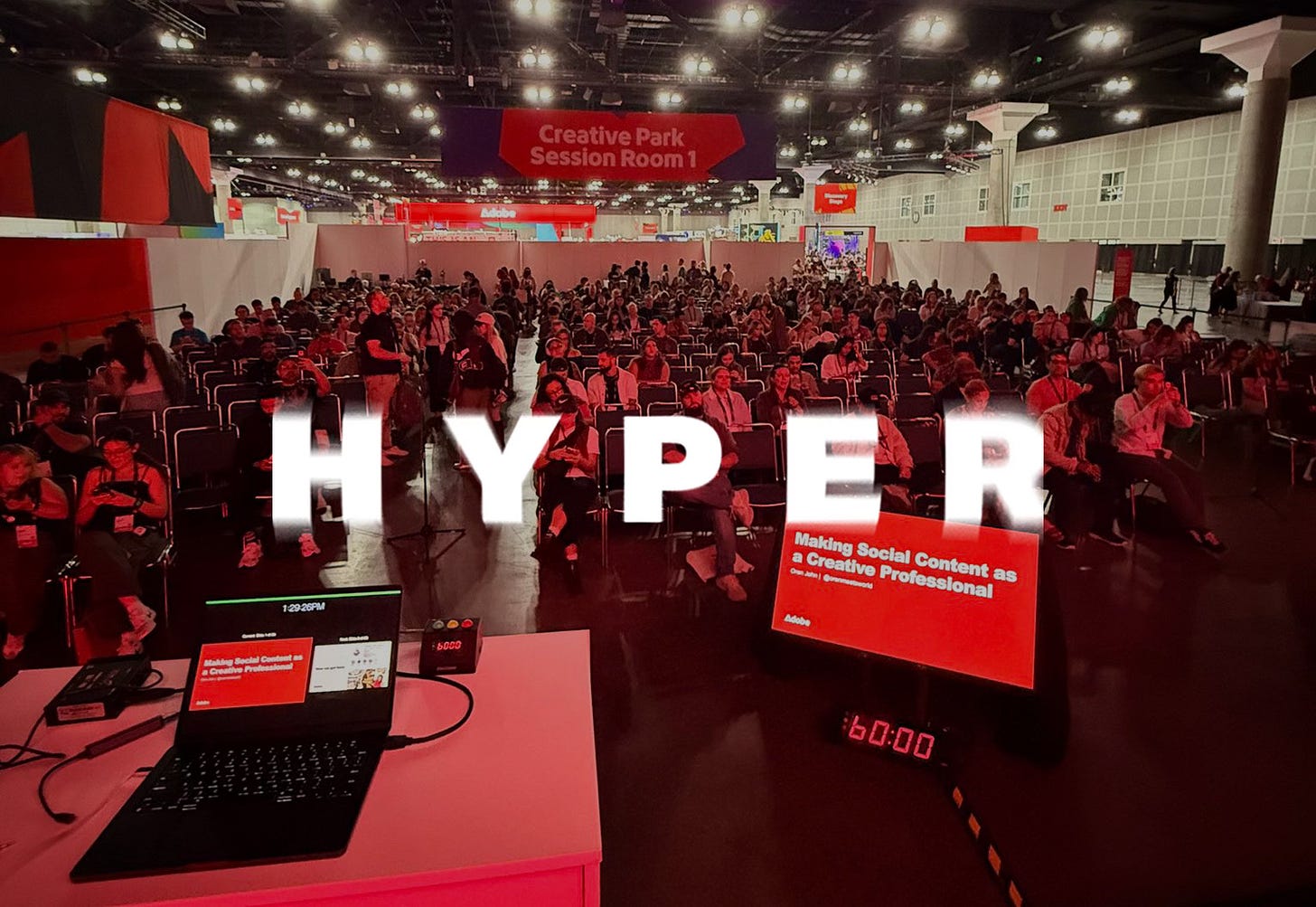

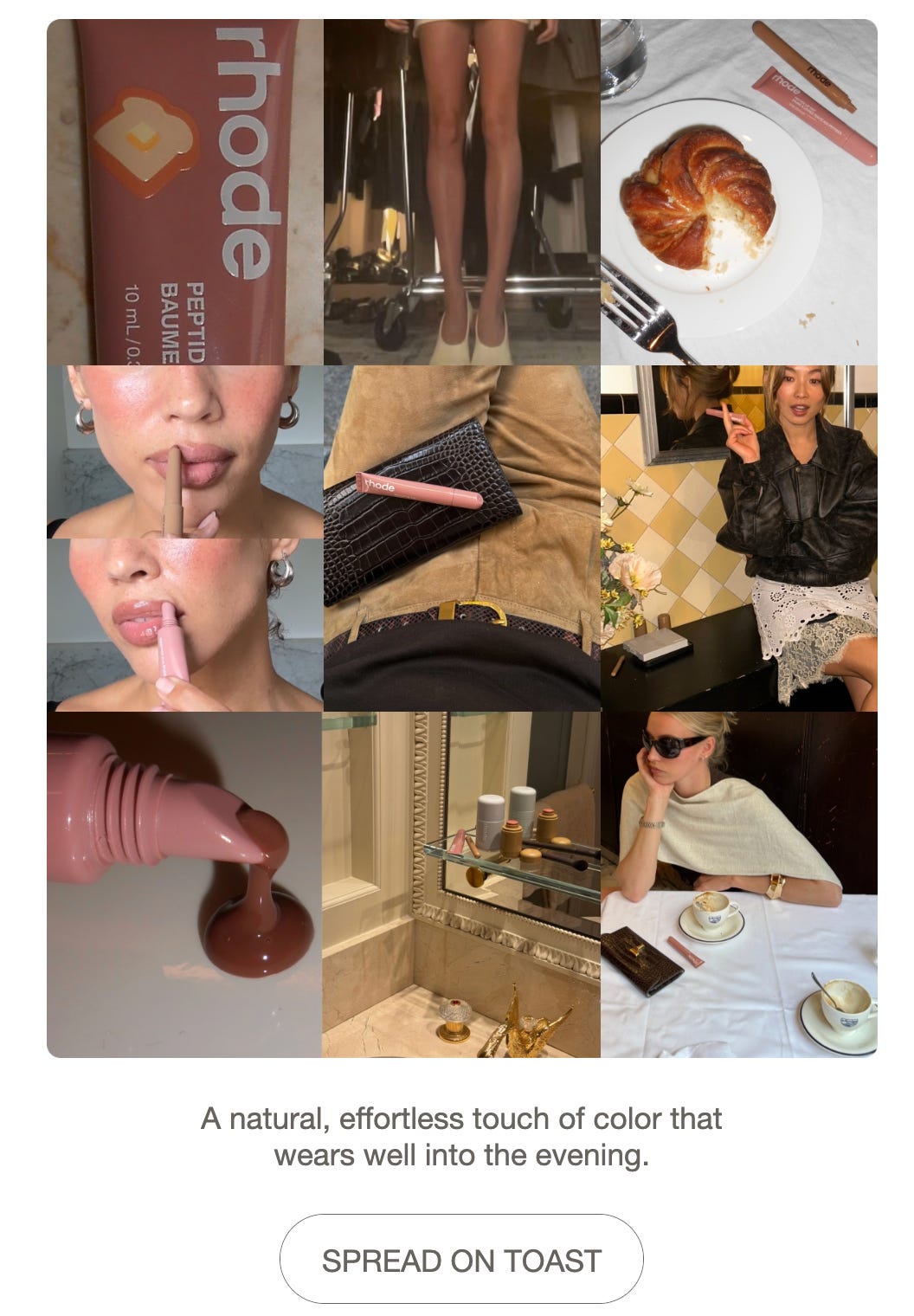
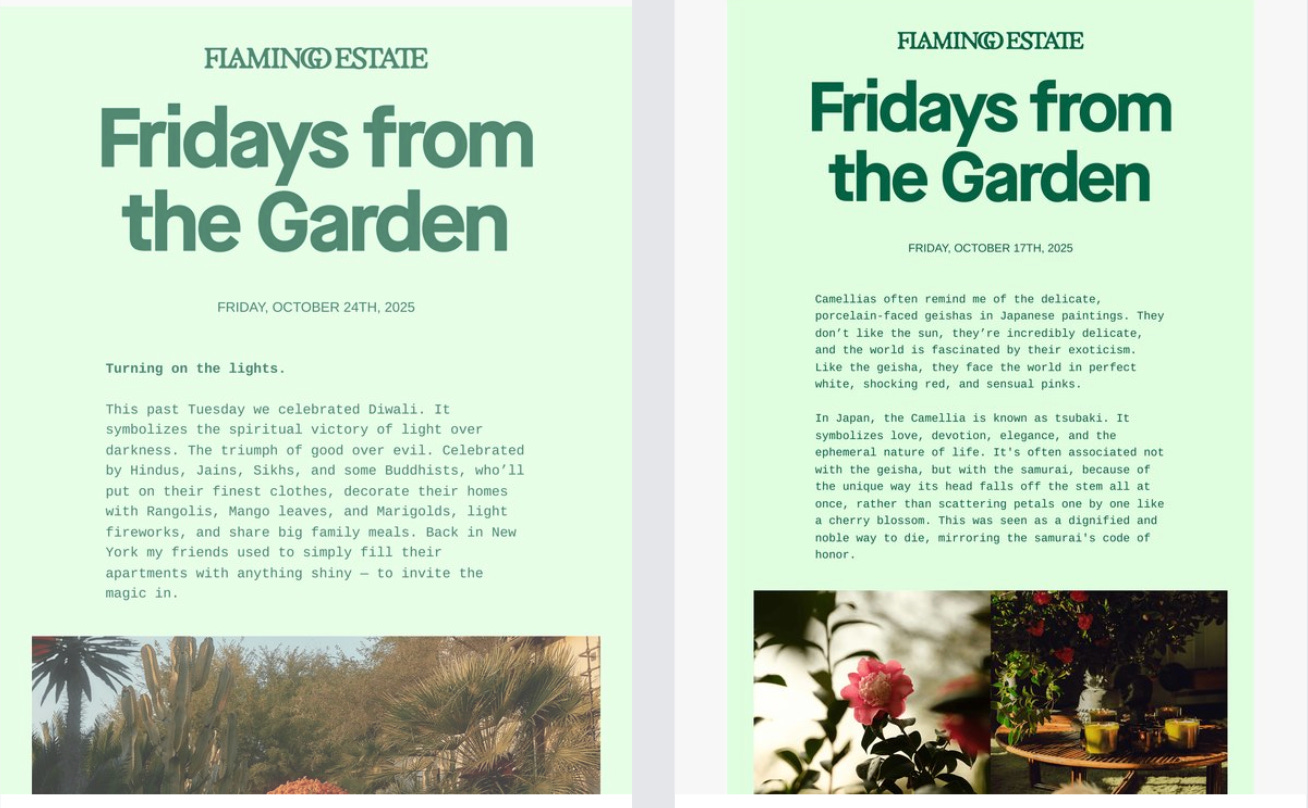
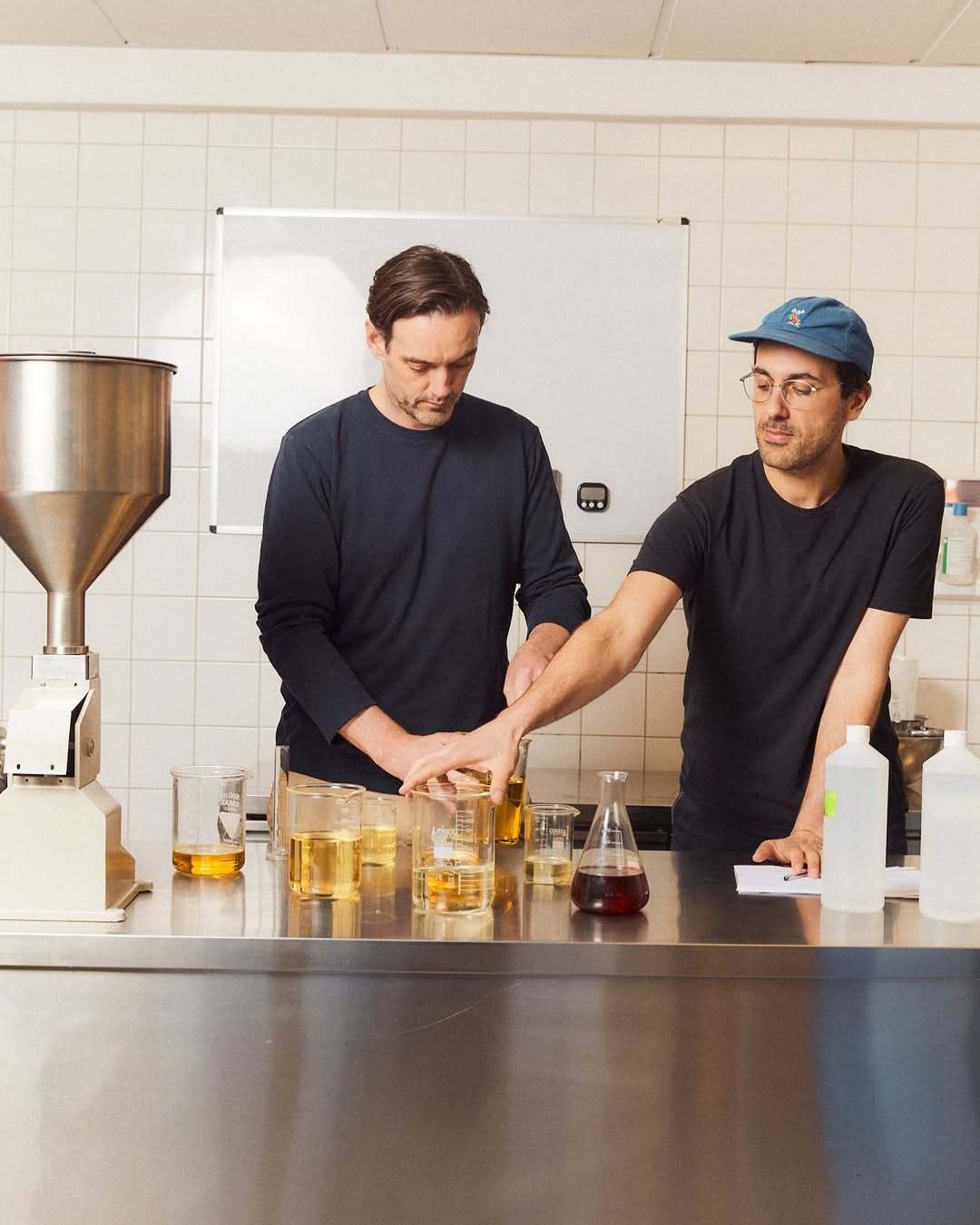
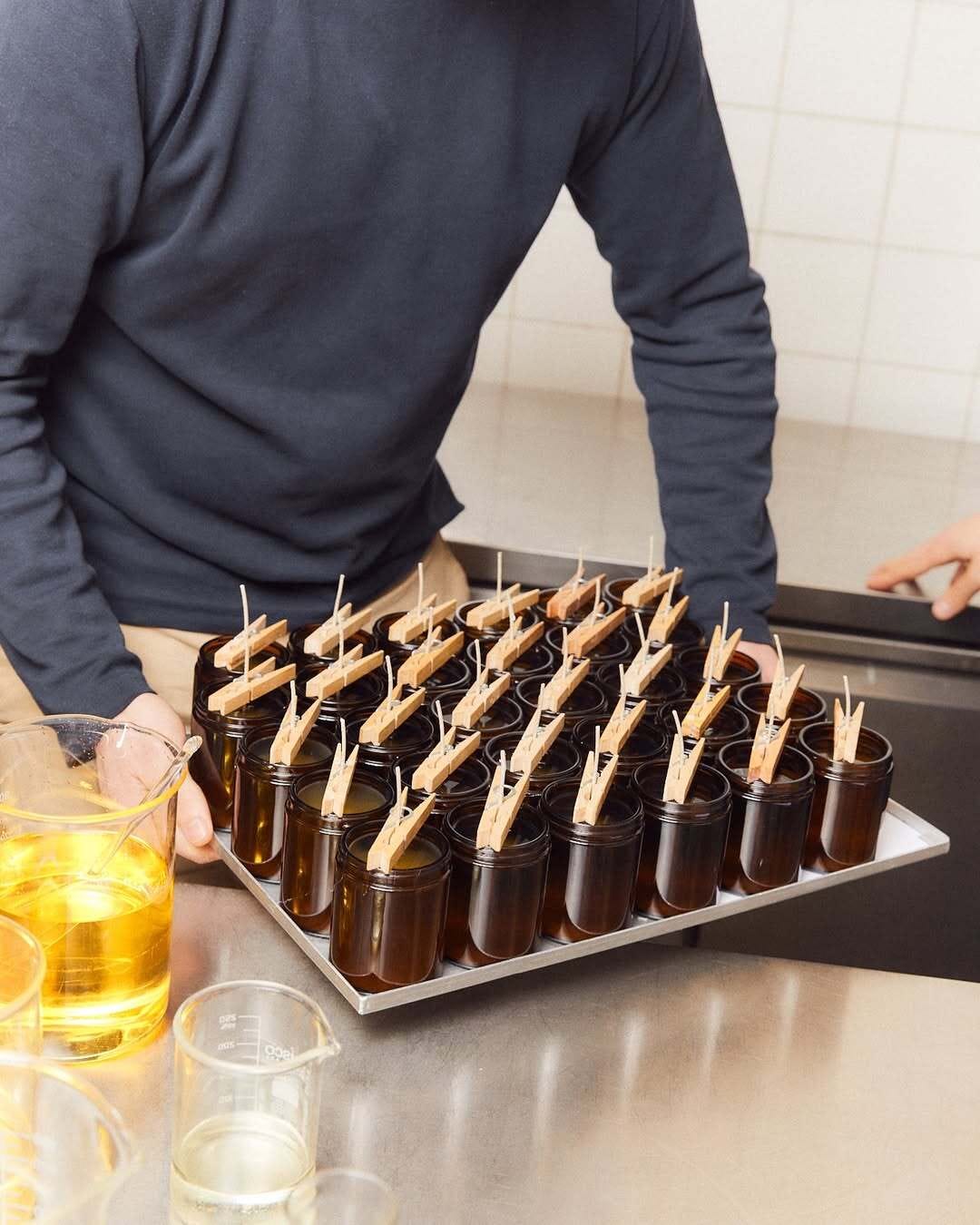
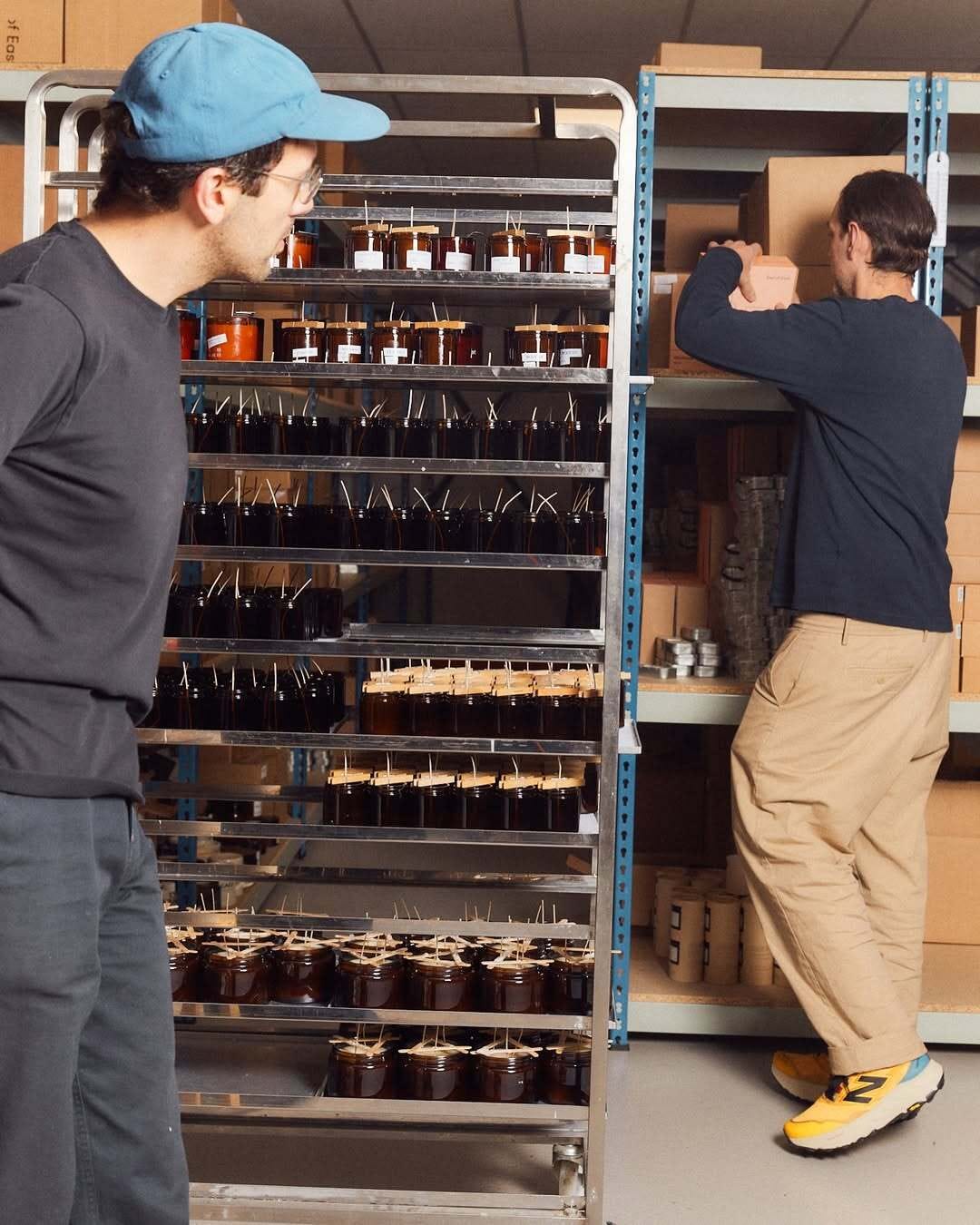
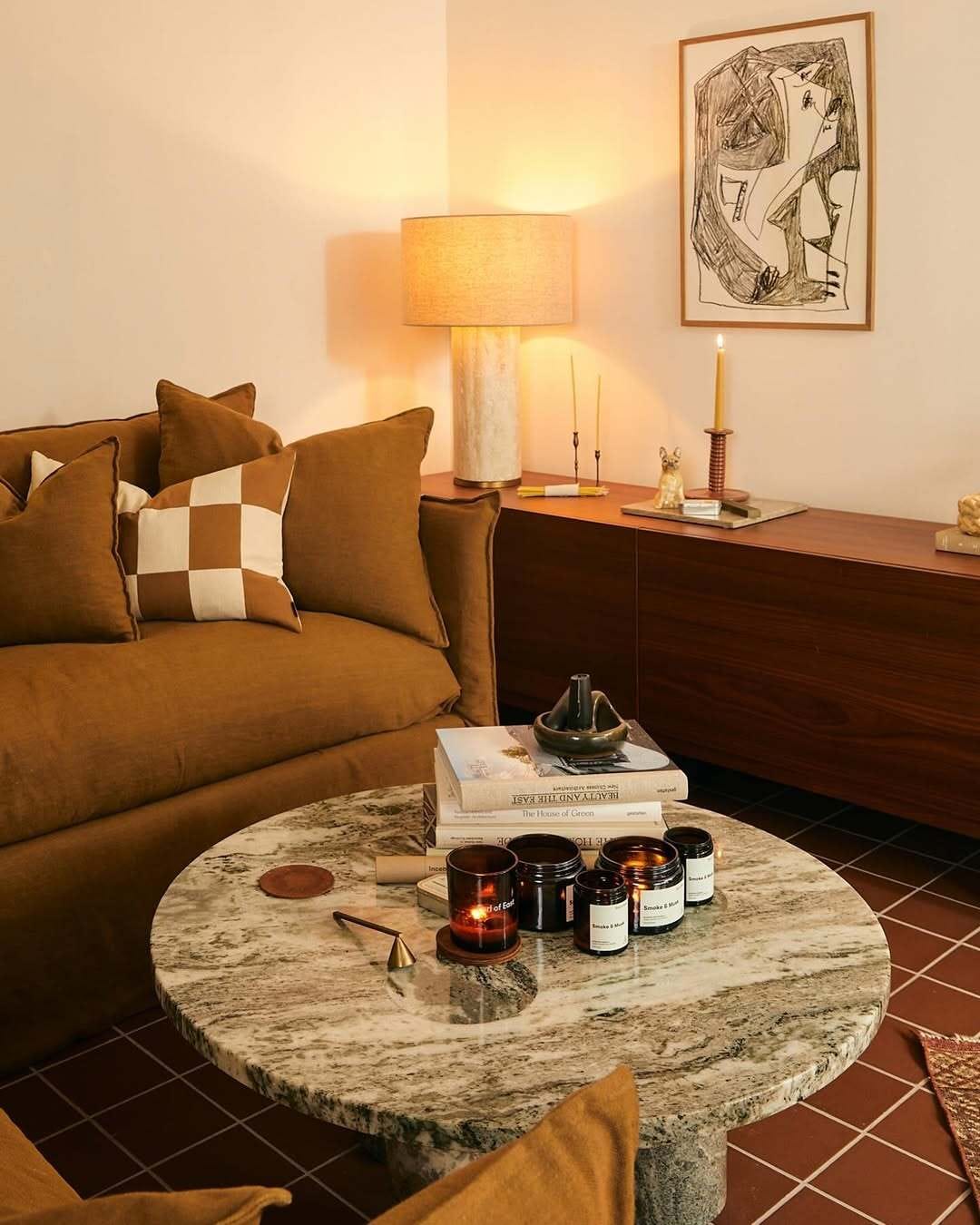
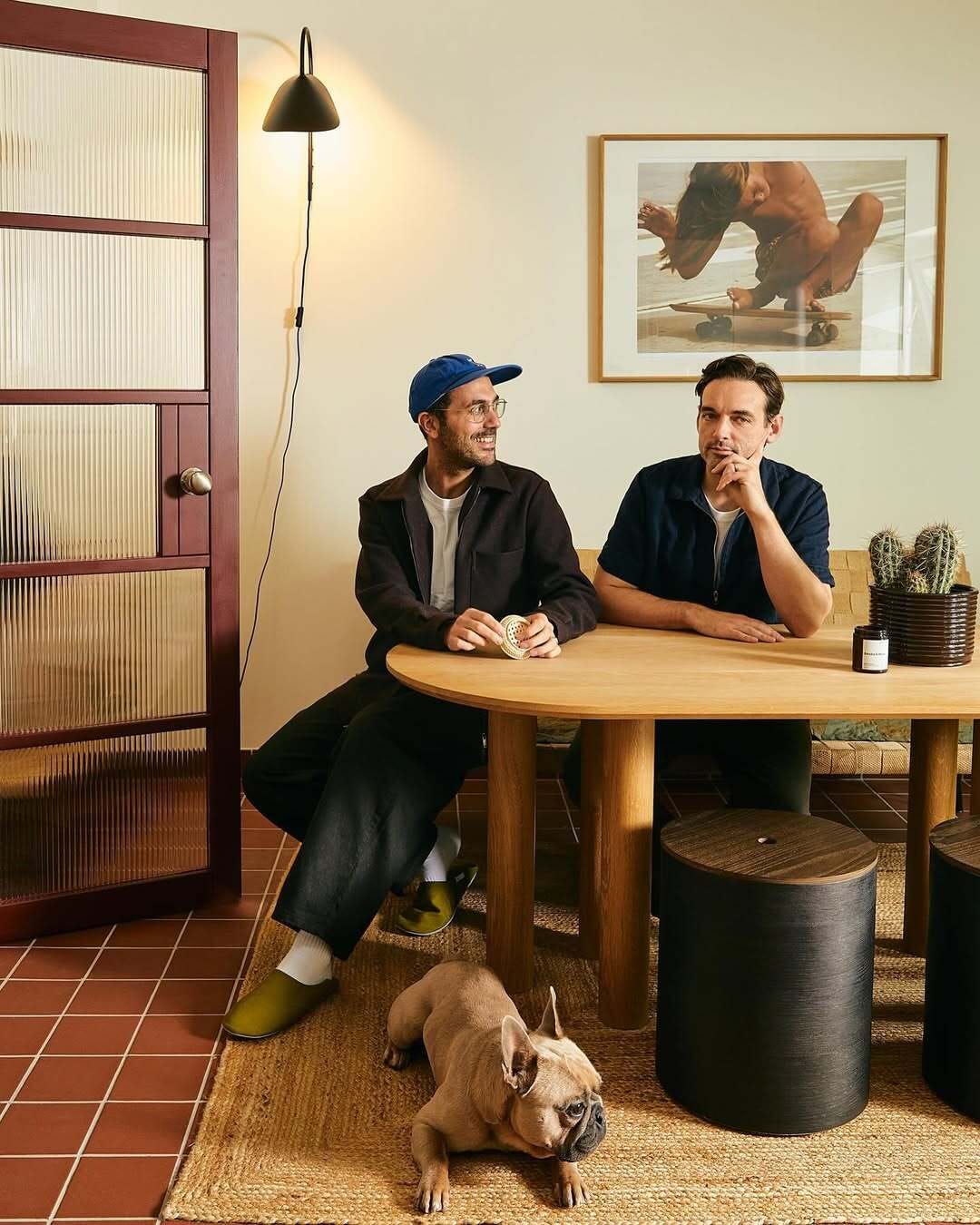
Loved the interview with Earl of East. Very insightful. Thank you!